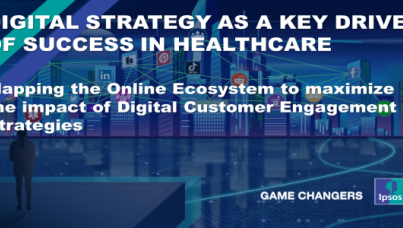Topic Modeling: A new approach to spotting consumer insights
Think about the fashion industry, for example: we used to wait for fashion week in New York, Paris, and Milan to find out what was on trend. Magazines and their high-profile editors were the ultimate "influencers". Now, social media users adopt – and ditch – trends faster than brands can keep up with.
We see this in the health and wellness space, too. Online conversations about chlorophyll spiked in April 2021 as young influencers boasted the acne-clearing, cancer-preventing, detoxifying benefits of liquid chlorophyll drinks and skin masks. Despite protests from nutritional science communities, chlorophyll and chlorella supplements sales rose by 17% in 2021, and chlorophyll water sales rose by a whopping 356% in the same period.
Social media and other online platforms have effectively put consumers in the driver’s seat. Not only do they take to the internet to share brand experiences and unsolicited product feedback, they’re also the ones dictating trends (and even developing product innovations... more on that in our upcoming webinar). For marketers and insights pros tasked with tracking consumers, this has increased the pressure to move even faster, anticipate behavior shifts, and spot trend signals as they emerge.
But this is also where traditional social listening approaches fall short. Though they provide access to a wealth of consumer-generated data, many users complain about the level of effort required to actually find useful insights when they need them. It makes sense, too, given that social listening’s original purpose was tracking consumer response to a specific campaign, brand, or crisis – not identifying net-new insights and ideas.
In a new blog post, Synthesio’s Emma Huff discusses Topic Modeling: a new tool to meet new needs. The innovation in social intelligence productizes over 5 years of research to turn unstructured data into actionable insights. Here’s how:
Topic Modeling is a bottom-up discovery engine. Rather than pre-defining the parameters and topics of a study, you point the AI-engine at a data set and let it scan and categorize conversations into related themes. This allows you to
- answer questions you didn’t know to ask, and
- detect “unknown unknowns” in social data, like emerging trends and unmet consumer needs.
To learn more about Topic Modeling and how it can help you spot unmet needs, trends, emerging crises, and more, read the full blog post here and watch this quick overview video below.
You can also set up a demo with one of our sales engineers to see it in action.



